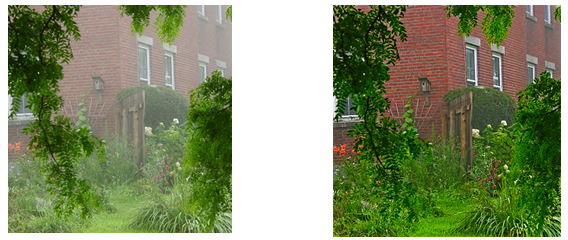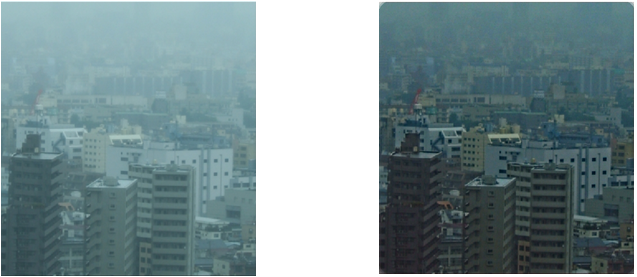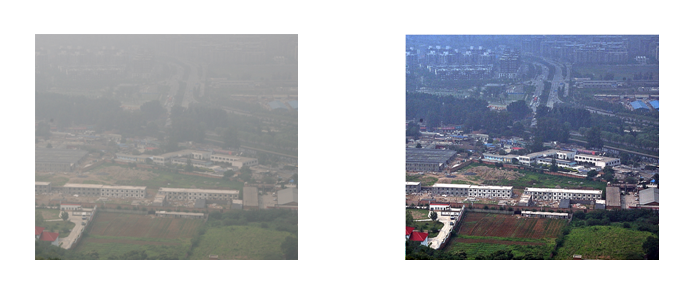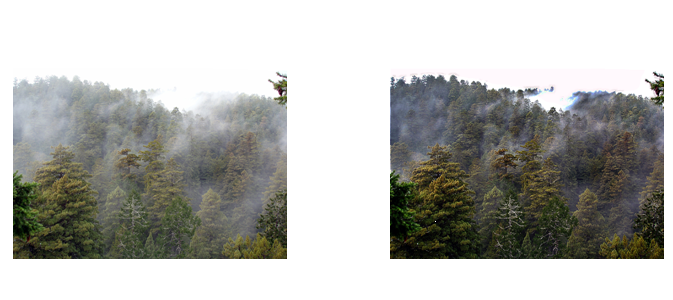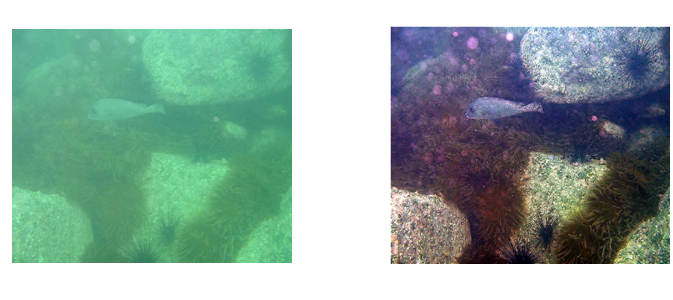Fog and Haze Removal
Fog/Haze Removal
Visibility Improvement of Hazy/Foggy Images
Visibility improvement, contrast enhancement and features enhancement of images/video captured in bad weather environment is very useful for many outdoor computer vision applications like video surveillance, long range object detection, recognition and tracking, self navigating ground and air-based vision systems etc., Usually, in bad weather environments like haze and fog, the captured scenes suffer from poor visibility, contrast and distorted color. However, conventional image and contrast enhancement techniques works well for some scenes but are not suitable for images with different depth regions because the haze and fog thickness depends on the depth of the scene. The accurate thickness of haze or fog from a single image in these bad weather environments is still a challenging task, but the approximate relative thickness of haze or fog is obtained from the low frequency information of the scene. Proposed method uses nonlinear function to transform the luminance image to approximate haze intensity image. We use a haze/fog formation model to obtain the haze free image. The results are shown in demonstrations section.


The proposed algorithm mainly consist of three processes: approximate thickness of haze estimation from low frequency information, Estimation of transmission using a nonlinear transfer function, and color restoration. A control parameter is estimated to adjust the curves for the pixels using relative haze thickness information. This control parameter is adaptively calculated based on image statistics (Multi-level Gaussian function). Finally, a linear color restoration process based on the chromatic information of the input image frame is applied to convert the enhanced intensity image back to a color image. Some of the enhancement results by processing the color images with the proposed algorithms are provided below and they yield visually optimal results on images captured under hazy/foggy weather conditions. The algorithm would be a promising technique that can be useful in many pattern analysis, object detection/recognition and tracking applications.
The input hazy image is of any standard image format (e.g., bmp, jpg etc.,) Source code is implemented in MATLAB and C++. Currently, MATLAB version takes approximately 5.4 seconds per image of size 640x480. Code optimization is still under work for C++ and will be updated soon.
Demonstrations
